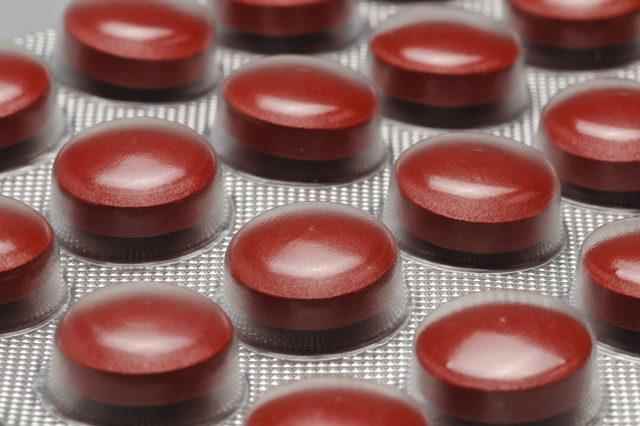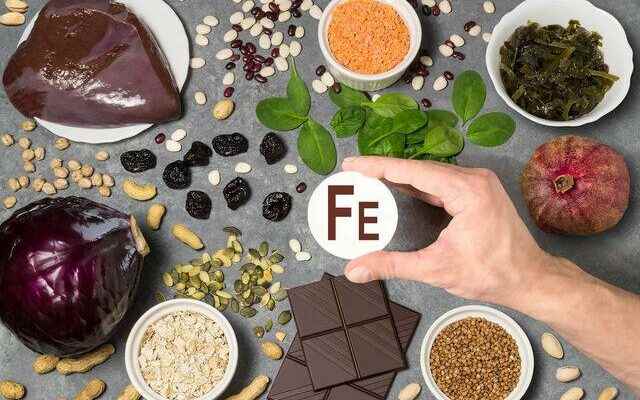Iron is also essential for the immune system and mental performance. Therefore, iron intake; It is of great importance for every individual, regardless of gender, in every period of life. The amount of iron in the blood is measured by low hemoglobin and hematocrit values. Some symptoms such as weakness and weakness, pallor of the face and skin, fatigue, rapid heartbeat, dizziness, irritability, and decreased appetite are accepted as indicators of iron anemia.
It also manifests itself with symptoms such as cold hands and feet, especially in winter. Dietitian Pınar Demirkaya gave information about the subject.
IN WHICH FOODS IS IRON FOUND?
Iron occurs naturally in many foods. Iron from foods of animal origin (absorption rate of approximately 25%) is more easily absorbed than iron from foods of plant origin (absorption rate of approximately 5%).

In foods of animal origin, its dark red color provides hemoglobin. The darker the meat, the higher the iron content. For example; The iron content of turkey meat, which is also dark in white meat, is higher than chicken.
IRON RESOURCES
Red meat, Turkey, Eggs, Legumes, Oil seeds (such as hazelnuts, walnuts, almonds), Fresh fruits (such as melon, strawberry, mulberry, banana), peas, black-eyed peas, green pepper, Green leafy vegetables (parsley, mint, arugula) , spinach, chard, broccoli, dill), molasses, Tahini halva, dried fruits (such as raisins, prunes, dried figs, dates, dried apricots) are sources of iron.
If you want to increase your iron absorption, choose to consume it with vitamin C. Vitamin C helps the body use iron better. For example; to increase absorption; You can mix molasses into orange juice, cook vegetables with meat/minced meat, and add a salad with plenty of lemon.
